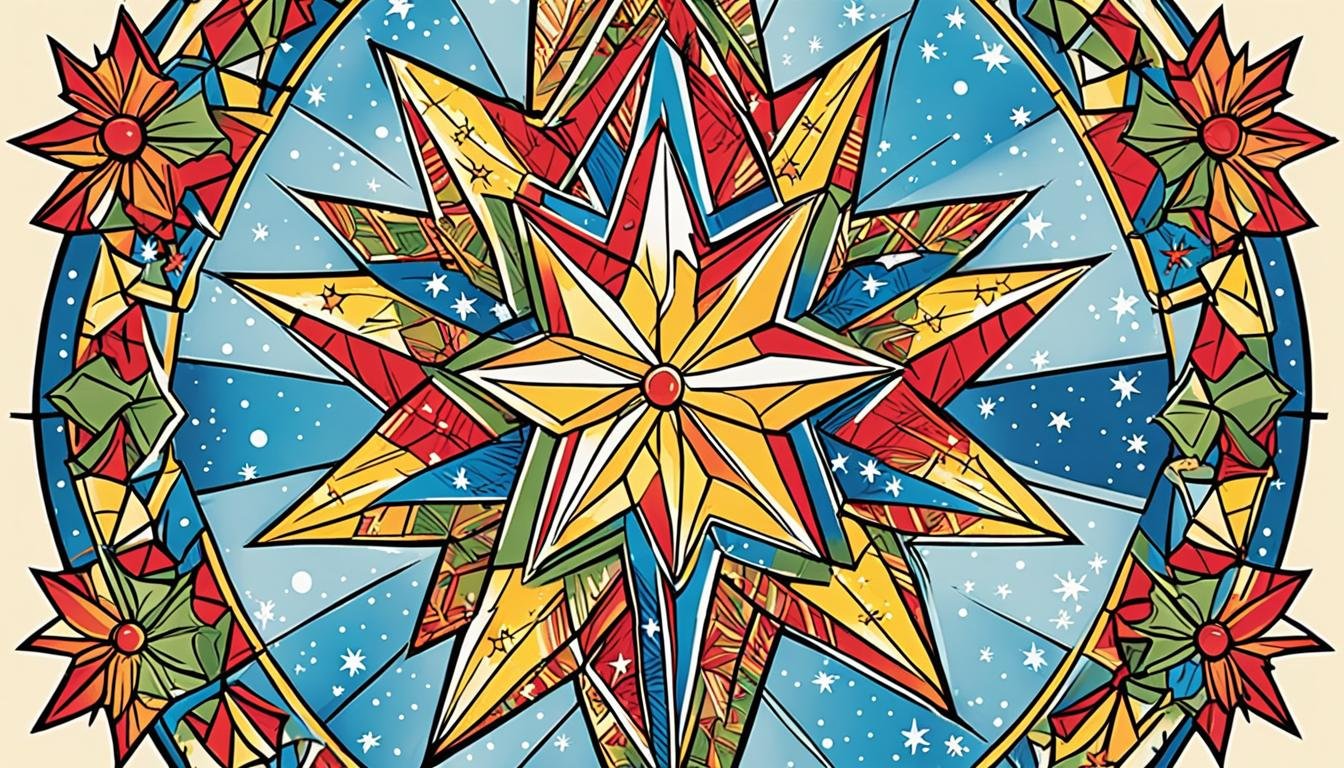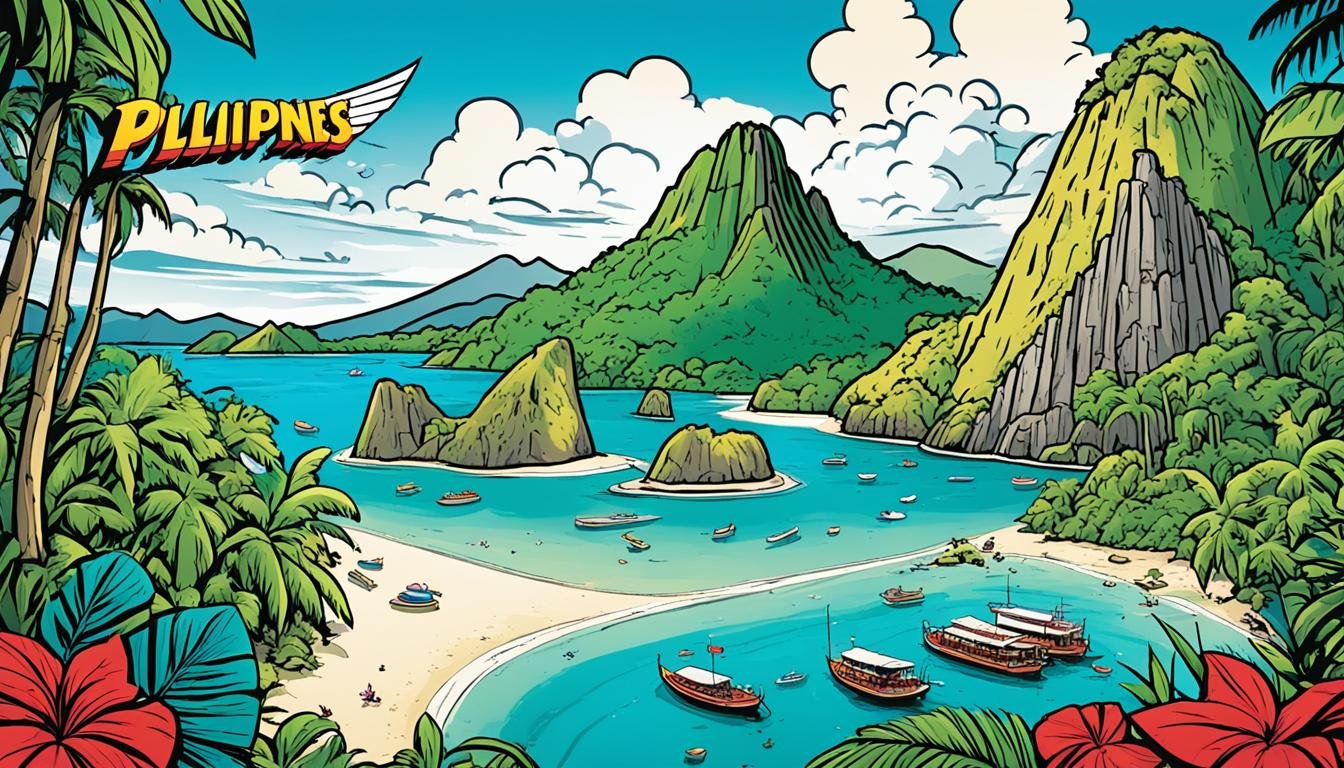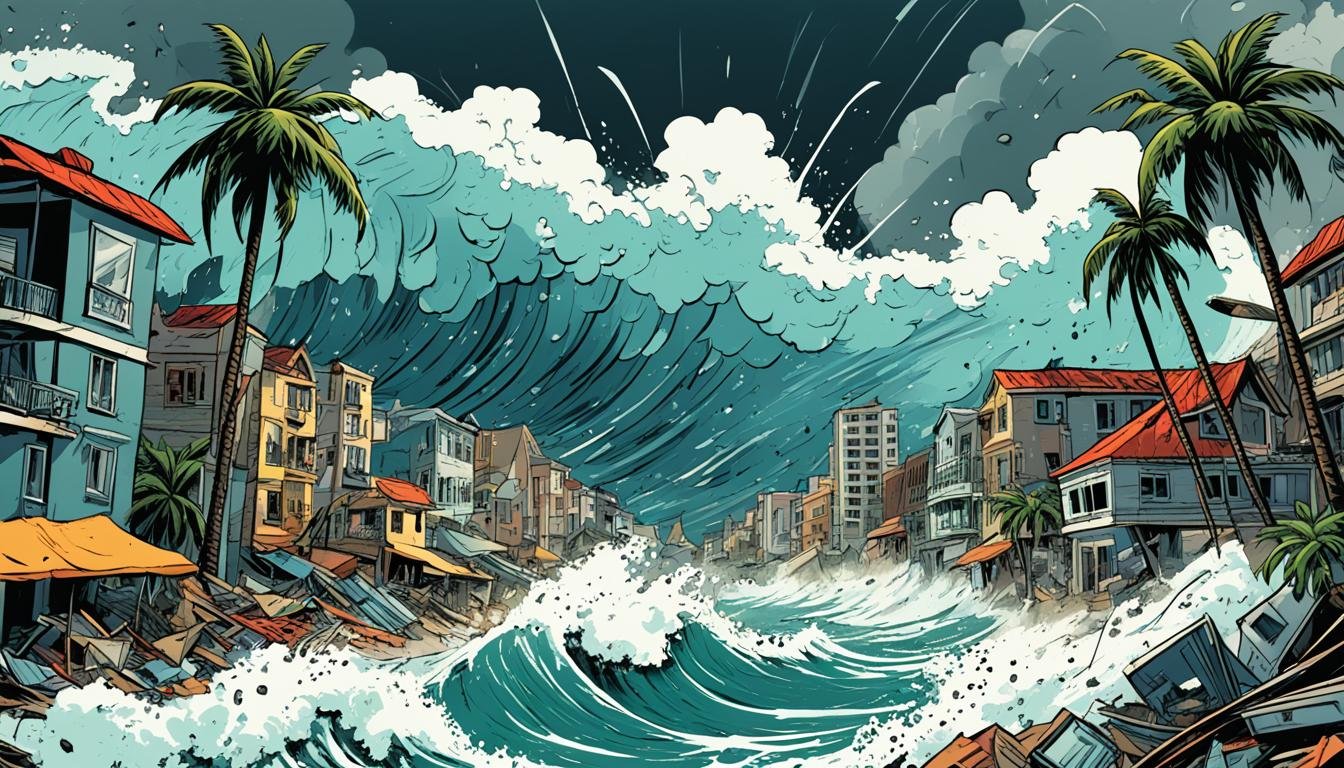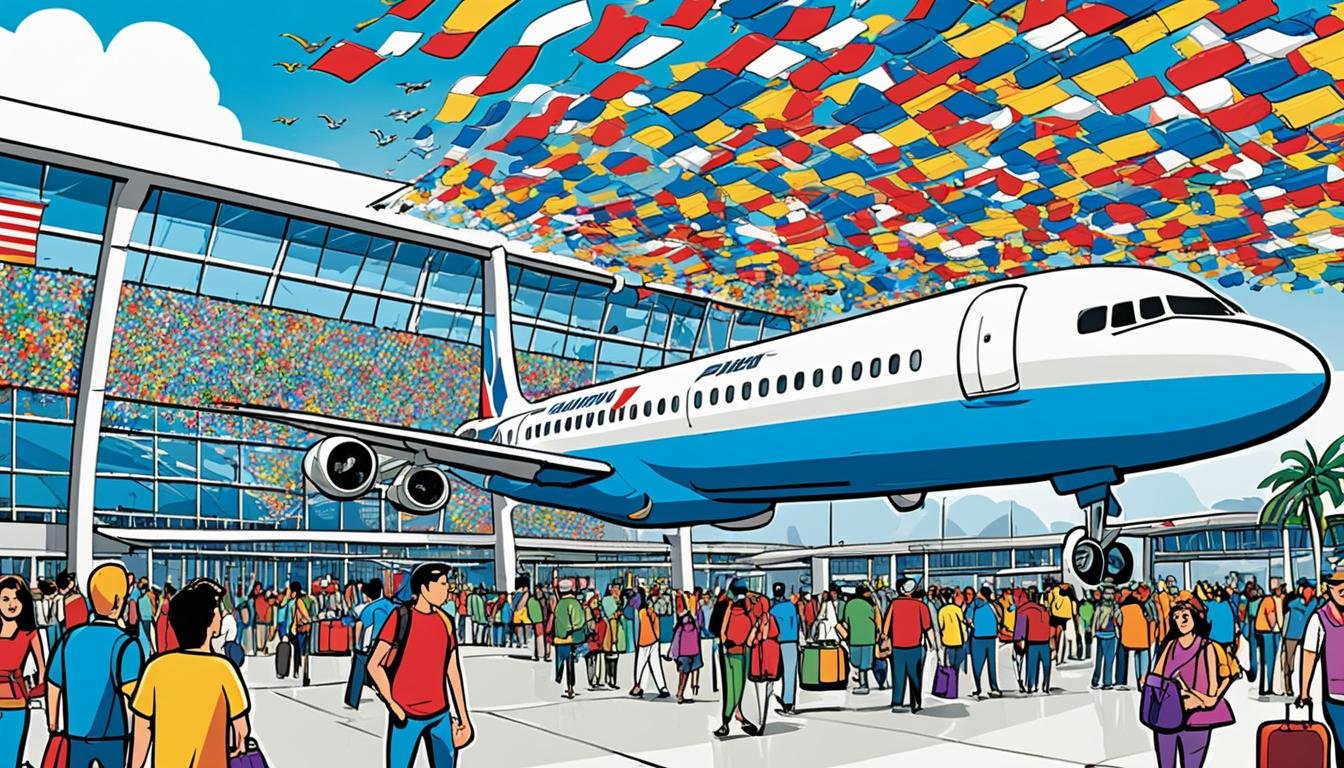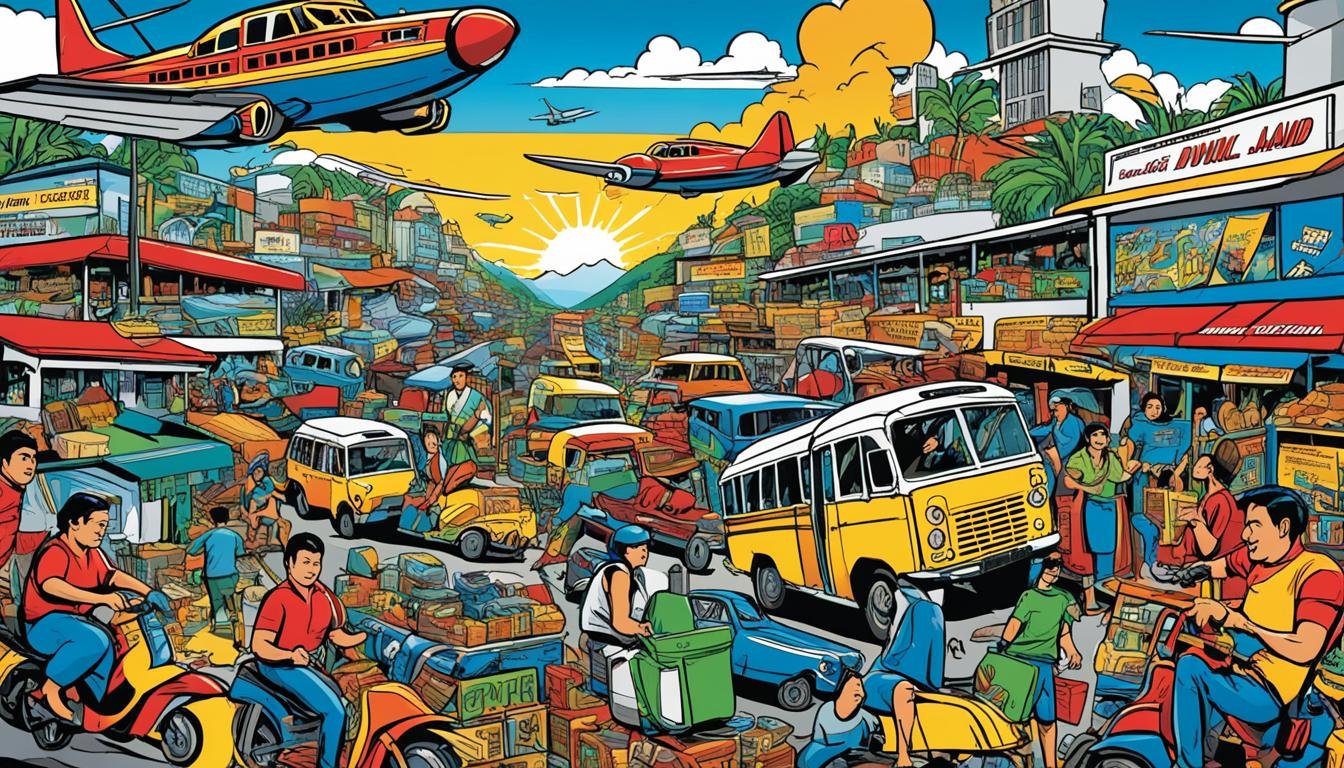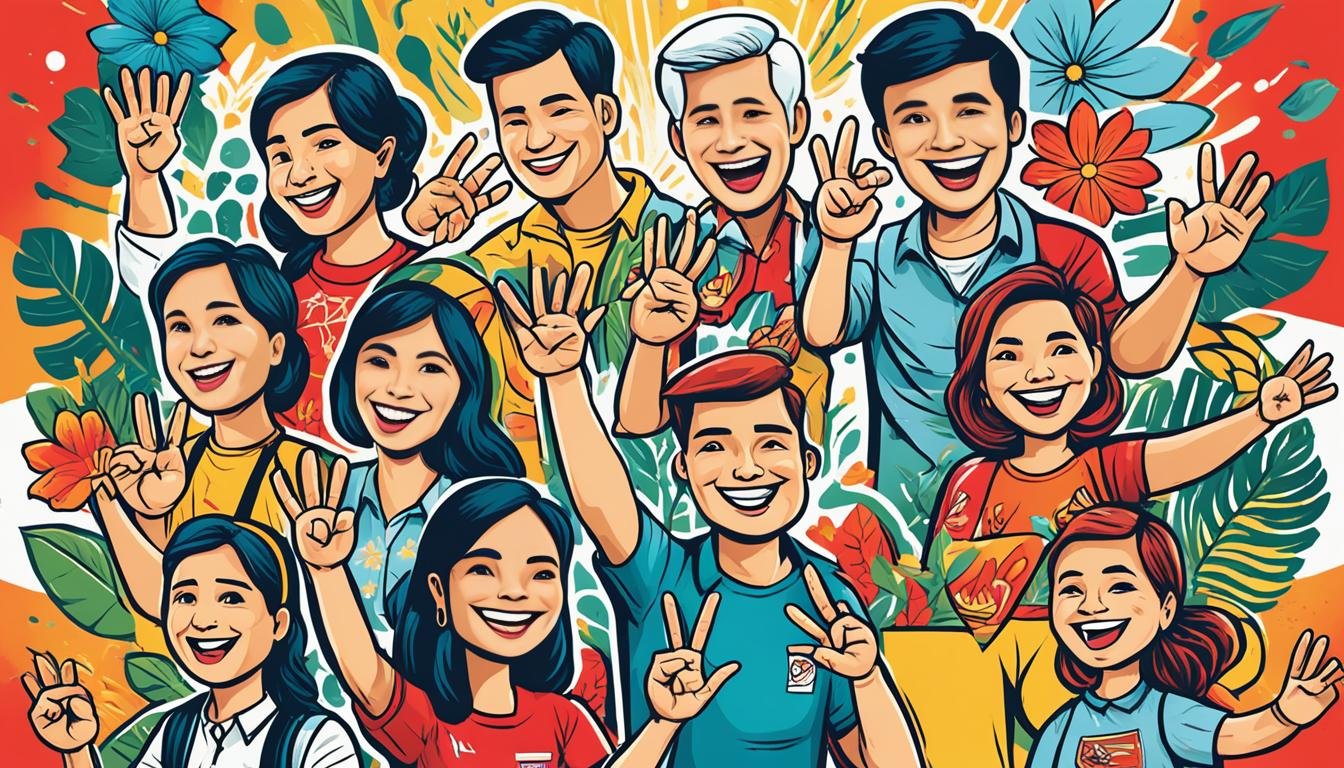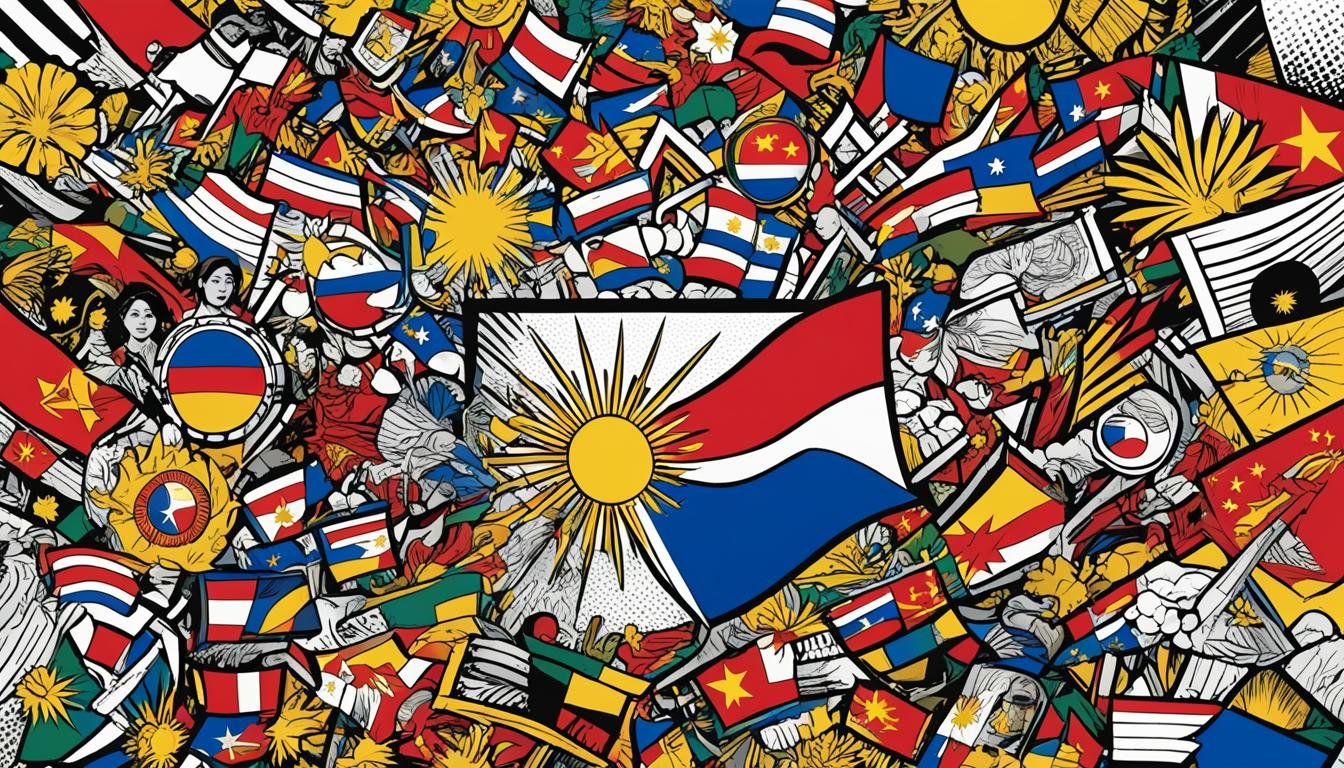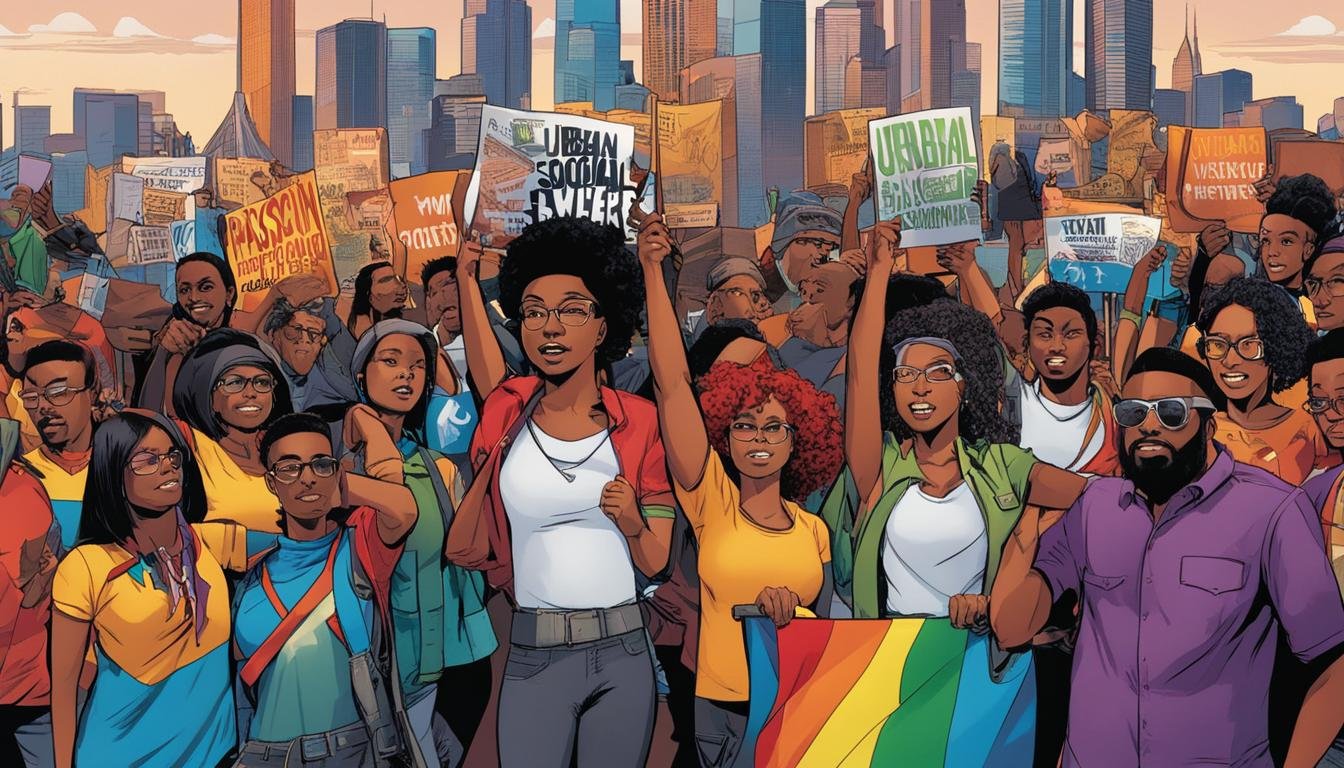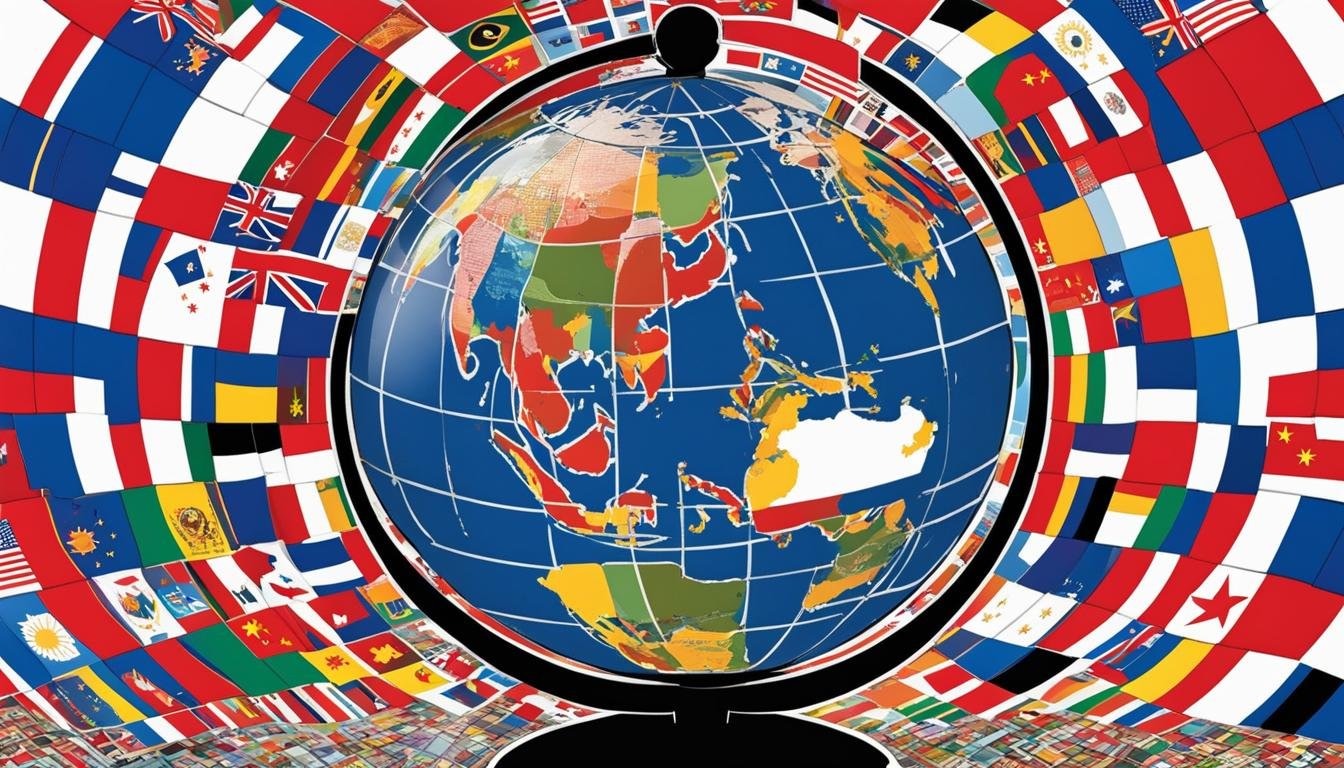The Filipino Christmas season, renowned for being one of the longest and most vibrant in the world, is visually defined by a singular, luminous icon: the Philippines Christmas Parol. More than just a festive decoration, this star-shaped Filipino lantern is a profound symbol deeply interwoven with the nation’s history, faith, and cultural identity. Its radiant…
Tourism Department Philippines: Weaving History into the National Fabric
The Tourism Department Philippines (DOT), often seen primarily through the lens of sunny beaches and vibrant festivals, plays a profound, albeit sometimes subtle, role in shaping and disseminating narratives of Philippine History. Beyond its mandate to drive economic growth through visitor arrivals, the DOT Philippines acts as a significant curator and promoter of the nation’s…
Philippine Typhoon Season
Beyond the Weather Report The Philippine Typhoon Season is far more than just an annual meteorological forecast; it is a deeply ingrained historical force that has profoundly shaped the archipelago’s past, present, and future. Located along the volatile typhoon belt of the Pacific, the Philippines experiences an average of twenty tropical cyclones annually, with several…
Philippines Airport Code
An airport is typically perceived as a gateway – a place of arrivals and departures, connecting people and commerce across vast distances. Yet, some airports transcend their utilitarian function to become indelible landmarks in a nation’s history, their very grounds bearing witness to events that shape destiny. In the Philippines, one specific Philippines Airport Code…
Fourth Largest Island in the Philippines: A History of Negros
The Philippine archipelago, a vibrant tapestry of over 7,000 islands, holds countless stories within its shores. Among its largest landmasses is Negros, the fourth largest island in the Philippines. Shaped somewhat like a boot or a sock, this island lies in the Visayas region, geographically and administratively divided into Negros Occidental and Negros Oriental. Beyond…
Filipino Sari Sari Store: A Microcosm of Philippine History, Economy, and Culture
The Filipino Sari Sari Store is more than just a retail outlet; it’s a ubiquitous landmark woven into the very fabric of Filipino life. Found on nearly every street corner, from bustling urban centers to remote rural barangays, these small, often family-run shops are vibrant centers of commerce, community, and culture. Their brightly colored facades,…
Sign Language Philippines
The story of sign language in the Philippines is a profound narrative interwoven with threads of cultural identity, educational evolution, colonial influence, and passionate advocacy. It’s a history that moves beyond mere linguistics, delving into the heart of the Deaf community Philippines, their struggles for recognition, their unique Deaf culture Philippines, and their triumphs in…
The Philippine Nationalism and Identity in the Post-War Era (1946-1972)
Forging a Nation Amidst Ruins and Shadows The period from 1946 to 1972 stands as a defining chapter in the narrative of the Philippines, a time marked by the euphoria of regained independence and the daunting task of nation-building amidst the literal and figurative ruins of World War II. Emerging from decades of American colonial…
The Social Movements and Civil Society Organizations in the Philippines (1946-1972)
Seeds of Change in the Third Republic The period from 1946 to 1972 marks a critical chapter in Philippine history, encompassing the entirety of the Third Republic, from the ashes of World War II and the declaration of independence from the United States to the precipice of authoritarian rule with the Declaration of Martial Law….
The Philippine Foreign Policy and Relations with Asian and Western Countries (1946-1972)
Charting a Course in a Divided World The period from Philippine independence in 1946 to the declaration of Martial Law in 1972 marked a formative era for the nation’s engagement with the international community. Emerging from the devastation of World War II and shedding centuries of colonial rule, the nascent Republic faced the monumental task…

